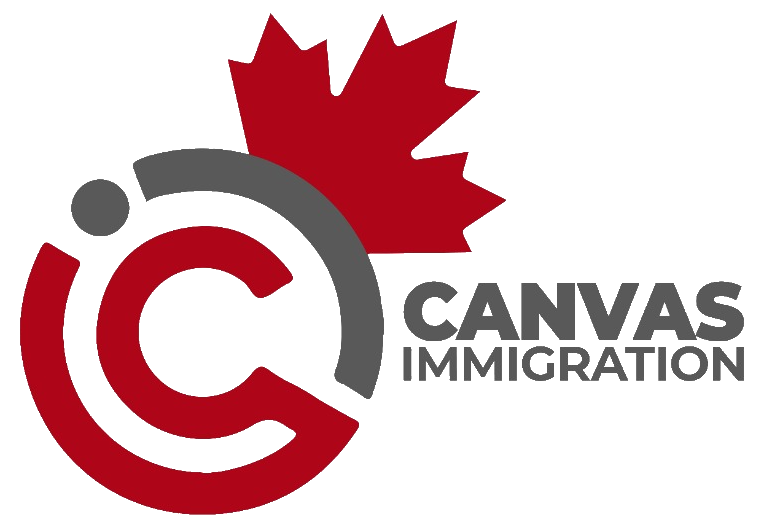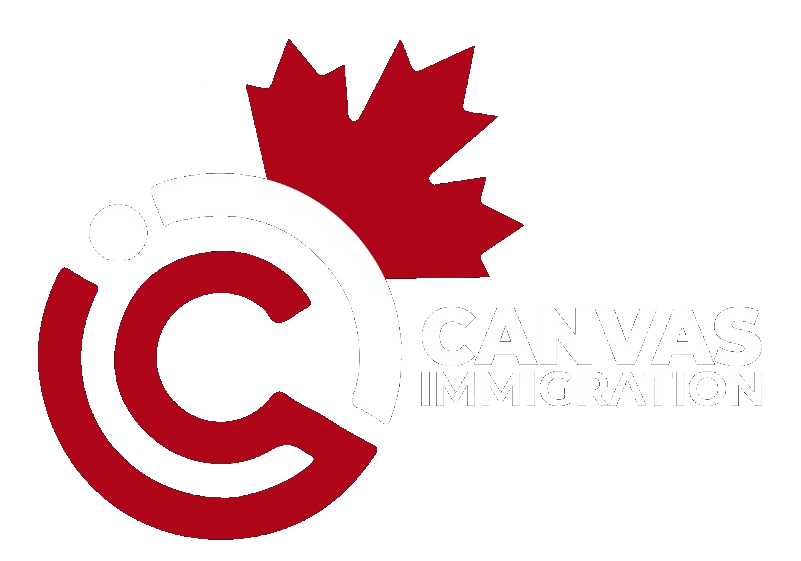Last Updated On 3 February 2025, 8:39 PM EST (Toronto Time)
In a surprising turn of events, U.S. President Donald Trump has decided to put a hold on the planned tariffs against Canada for 30 days following a series of commitments from Canadian Prime Minister Justin Trudeau aimed at enhancing border security.
This decision marks a temporary ceasefire in what could have been a devastating trade war between the two nations, giving both countries a breathing space to negotiate a more permanent solution.
On Monday, after discussions with Trudeau, Trump announced on Truth Social his decision to pause the tariffs for at least a month.
“Canada has agreed to ensure we have a secure Northern Border and to finally end the deadly scourge of drugs like fentanyl that have been pouring into our country,” Trump stated, emphasizing the temporary nature of this relief as they work towards a “final economic deal.”
Table of Contents
Trudeau has promised significant investments in border security:
Border Security Plan: A $1.3 billion initiative to reinforce the Canada-U.S. border with new helicopters, advanced technology, and more personnel.
This is aimed at not only securing the border but also addressing Trump’s concerns about illegal drugs and migrants.
Fentanyl Czar: Trudeau announced the creation of a new position, the “fentanyl czar,” dedicated to combating the opioid crisis, which has been a point of contention with the U.S., particularly due to fentanyl’s role in American deaths.
Canada-U.S. Joint Strike Force: This new task force will focus on organized crime, money laundering, and drug trafficking, with Trudeau committing $200 million to launch this initiative.
Listing Mexican Cartels as Terrorists: Under Canadian law, this move targets one of the main sources of fentanyl entering both countries.
These steps are part of a broader strategy to not only meet U.S. demands but also to strengthen Canada’s own security measures.
The pause in tariffs is a sigh of relief for businesses and workers on both sides of the border.
The potential economic fallout from these tariffs was significant, with fears of job losses, disrupted supply chains, and increased consumer prices.
Analysts from various sectors, including automotive and agriculture, have expressed cautious optimism, hoping that this period will lead to a more stable trade environment.
The Canadian dollar against the U.S. dollar has started gaining strength after falling to low levels of the 2000s.
In the U.S., Trump’s decision was met with mixed reactions. Supporters hailed it as a strategic move to negotiate better terms, while critics argued it was a sign of erratic policy-making.
In Canada, Trudeau’s strategy was praised by some for averting immediate economic harm, yet others criticized it as capitulation to U.S. demands.
Conservative Leader Pierre Poilievre suggested deploying Canadian military resources to the border, reflecting a more hawkish stance.
Ontario Premier Doug Ford, who had initially planned retaliatory measures against U.S. products and services, decided to pause these actions in light of Trump’s tariff suspension.
Ford had previously cancelled a contract with Elon Musk’s Starlink and planned to ban American alcohol from provincial shelves.
His decision to hold off was seen as a gesture of goodwill, although he warned that these measures could be reinstated if the tariff threat re-emerged.
Broader Context
Fentanyl Crisis: Despite Canada’s efforts, the fentanyl issue remains a flashpoint.
U.S. Customs and Border Protection figures show significantly less fentanyl is seized at the northern border compared to the southwest, yet the drug’s impact on U.S. society is profound, fueling Trump’s demands for tougher action.
Trade Relations: This episode underscores the fragile nature of Canada-U.S. trade relations, especially with the upcoming review of the United States-Mexico-Canada Agreement (USMCA).
Trump’s strategy with tariffs appears to be a consistent tool for pressuring allies into compliance or concessions.
The temporary halt on tariffs offers a window for diplomatic and economic recalibration.
While it’s a victory for those fearing immediate economic downturn, the underlying tensions suggest that this is merely a chapter in the ongoing saga of U.S.-Canada economic relations.
With both countries gearing up for significant negotiations under the shadow of the USMCA review, the next 30 days will be crucial in determining the trajectory of this bilateral relationship.
Satinder Bains
Something went wrong. Please refresh the page and/or try again.
You may also like: 3 New CRA Benefit Payments For Ontario Residents in February 2025
Full List Of US Goods In Canada Affected By Tariffs Effective Feb 4
New Canada Caregiver Programs To Open On March 31, 2025
New CRA Tax Changes That Could Make or Break Your Bank Account
Top 10 Most Dangerous Cities In Canada For 2025 | New List

